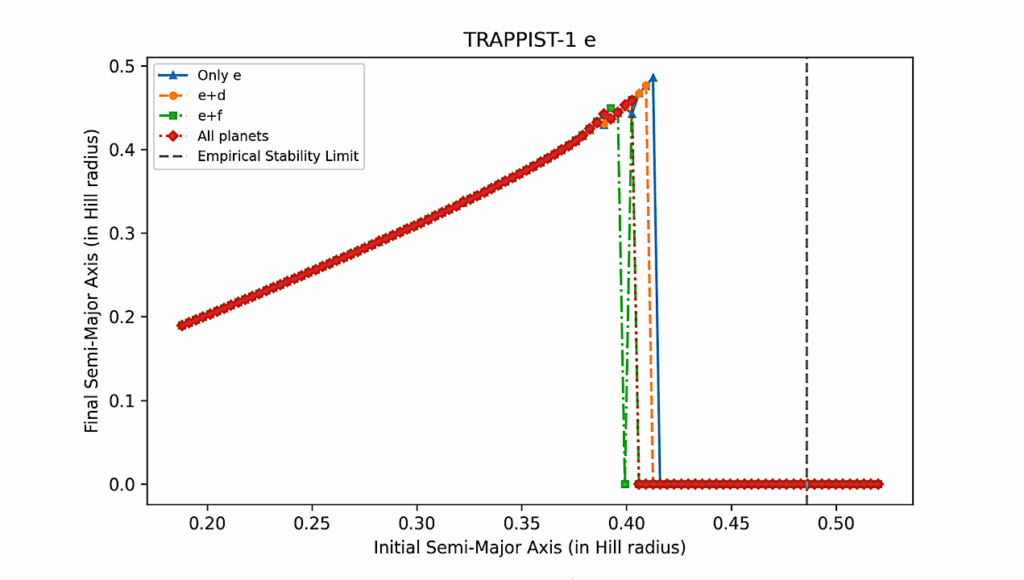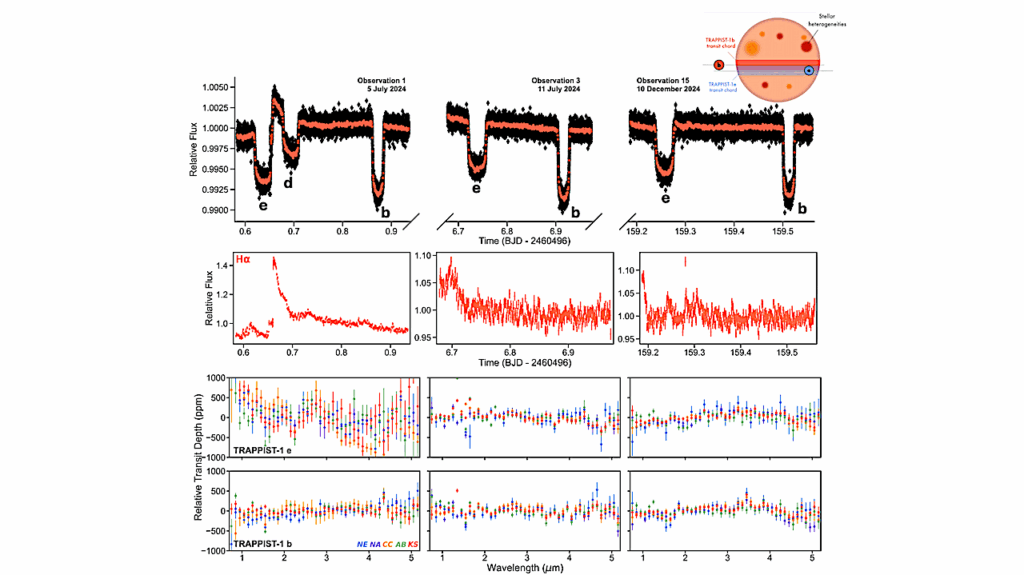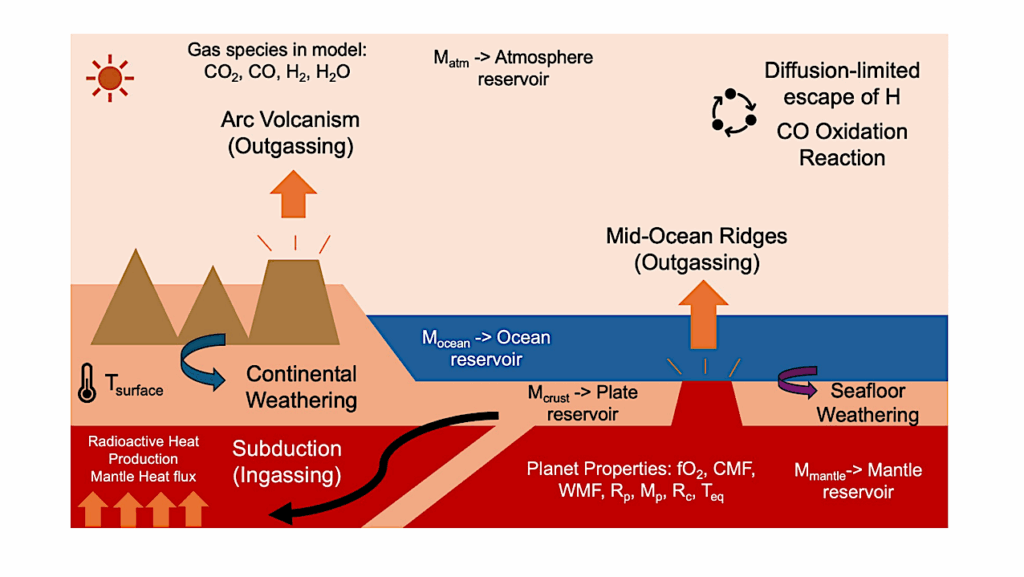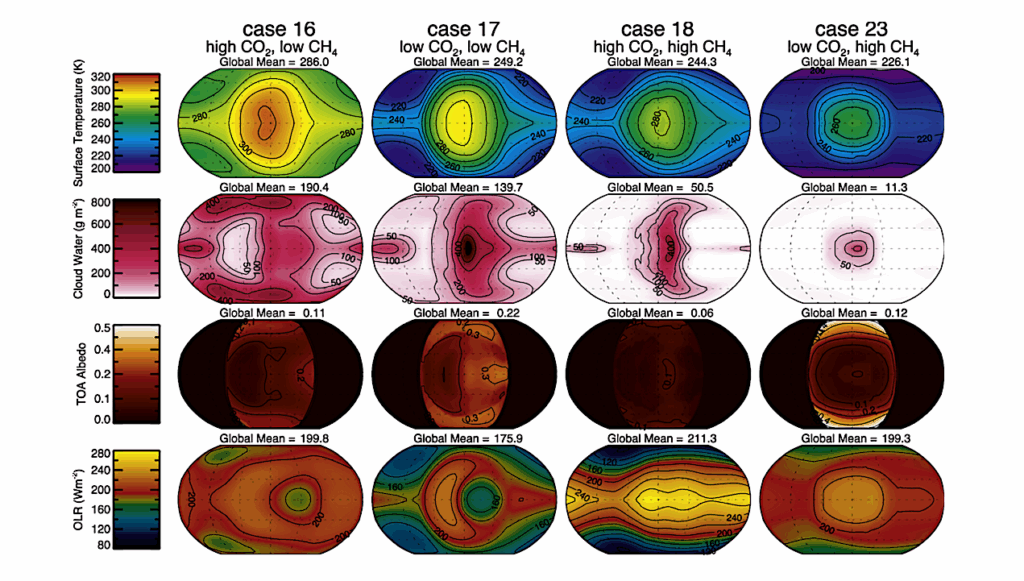The Detectability and Characterization of the TRAPPIST-1 Exoplanet Atmospheres with JWST

The James Webb Space Telescope (JWST) will offer the first opportunity to characterize terrestrial exoplanets with sufficient precision to identify high mean molecular weight atmospheres, and TRAPPIST-1’s seven known transiting Earth-sized planets are particularly favorable targets.
To assist community preparations for JWST, we use simulations of plausible post-ocean-loss and habitable environments for the TRAPPIST-1 exoplanets, and test simulations of all bright object time series spectroscopy modes and all MIRI photometry filters to determine optimal observing strategies for atmospheric detection and characterization using both transmission and emission observations. We find that transmission spectroscopy with NIRSpec Prism is optimal for detecting terrestrial, CO2 containing atmospheres, potentially in fewer than 10 transits for all seven TRAPPIST-1 planets, if they lack high altitude aerosols. If the TRAPPIST-1 planets possess Venus-like H2SO4 aerosols, up to 12 times more transits may be required to detect atmospheres.
We present optimal instruments and observing modes for the detection of individual molecular species in a given terrestrial atmosphere and an observational strategy for discriminating between evolutionary states. We find that water may be prohibitively difficult to detect in both Venus-like and habitable atmospheres due to its presence lower in the atmosphere where transmission spectra are less sensitive. Although the presence of biogenic O2 and O3 will be extremely challenging to detect, abiotically produced oxygen from past ocean loss may be detectable for all seven TRAPPIST-1 planets via O2-O2 collisionally-induced absorption at 1.06 and 1.27 microns, or via NIR O3 features for the outer three planets. Our results constitute a suite of hypotheses on the nature and detectability of highly-evolved terrestrial exoplanet atmospheres that may be tested with JWST.
Jacob Lustig-Yaeger, Victoria S. Meadows, Andrew P. Lincowski
(Submitted on 17 May 2019)
Comments: 37 pages, 19 figures, accepted for publication in The Astronomical Journal
Subjects: Earth and Planetary Astrophysics (astro-ph.EP)
Cite as: arXiv:1905.07070 [astro-ph.EP] (or arXiv:1905.07070v1 [astro-ph.EP] for this version)
Submission history
From: Jacob Lustig-Yaeger
[v1] Fri, 17 May 2019 00:08:21 UTC (5,544 KB)
https://arxiv.org/abs/1905.07070
Astrobiology








